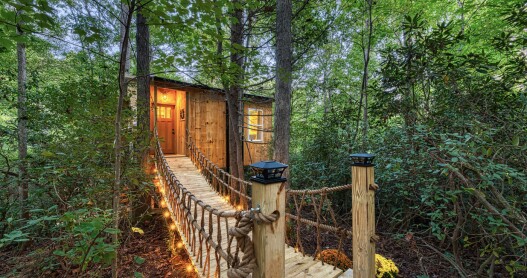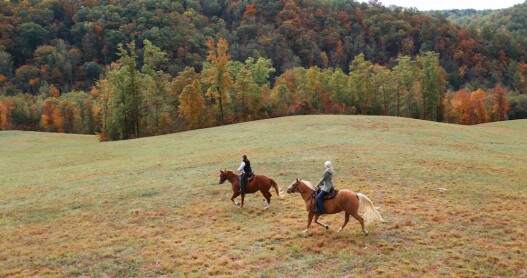Overview
History
The National Park Service has preserved and maintained approximately 80 historical buildings throughout the park. Most of the early homes, grist mills, and barns are viewable and accessible by foot via Cades Cove and surrounding nature trails as well as via the Roaring Fork nature trail. You can find an inexpensive self-guided tour booklet at most of these historic sites; they’re generally available next to the entrance of each location. Great Smoky Mountains Heritage Center and the Railroad Museum offer in-depth stories from the past for history buffs who want to learn even more about the area.
Best of Winter
Most people don’t think of the Smokies as a winter destination, but the colder months hold just as much beauty as summer. Although snow storms can make travel through the park somewhat unpredictable, the mountain scenery is spectacular with a dusting of snow. Hiking trails are still open in early winter, which is the perfect time to see the frost traced along the crisp, dried leaves littering the forest floor and to get a glimpse of the cascading ice that surrounds the waterfalls. Cades Cove scenic trail is usually open for mountain vista views and winter landscape scenery. And while it’s outside the park, Ober Gatlinburg, Tennessee’s only ski resort, is open and producing snow for skiers, snowboarders, and tubers.
Culture in Great Smoky Mountains
Appalachian music is a distinctive American musical genre that reflects a curious blend of influences. Key instruments include the fiddle, guitar, banjo, and fretted dulcimer, with European, Scottish, and African-American sounds mixed in for good measure. The region’s folk music is celebrated at several festivals, including Gatlinburg’s Smoky Mountains Tunes & Tales. Held every night from late June to early August, the festival features street performers, storytellers, and artisans along the Parkway. Visitors can also experience authentic Appalachian music at The Smoky Mountain Folk Festival, held every year in Waynesville, NC. Two full nights of Appalachian tunes feature fiddlers, banjo and washboard players, and spoon slappers.
Food and drink to try in Great Smoky Mountains
Back in the early settlement years, an Appalachian meal would consist solely of locally produced foods—pork, chicken, onions, and a variety of greens—because of the poorly conditioned and inaccessible roads. These same ingredients feature prominently in the region’s modern food, too. Try a slab of country ham served with fresh-from-the-oven buttermilk biscuits at Applewood Farmhouse Restaurant, or the famously hearty cuts of barbecued pork slowly cooked over a wood fire at Bennett’s Pit Bar-B-Que. Accompany your main dish with a side of cheese grits, green beans, and slaw, and you’ve got a complete, authentic Appalachian meal.
Practical Information
The national park has four visitor centers—Cades Cove, Clingmans Dome, Oconaluftee, and Sugarlands—where you can pick up maps and obtain pertinent information regarding road closures and bear warnings. Read up on bear safety and heed posted notices in active areas. Temperatures can change in the mountains by as much as 10–20 degrees, depending on elevation, and can fluctuate quickly. Dress in layers and bring bottled water no matter the season, as high elevations can provoke dehydration. Try to avoid Gatlinburg during peak season (June–July and October), when parking is difficult and streets become overcrowded.








